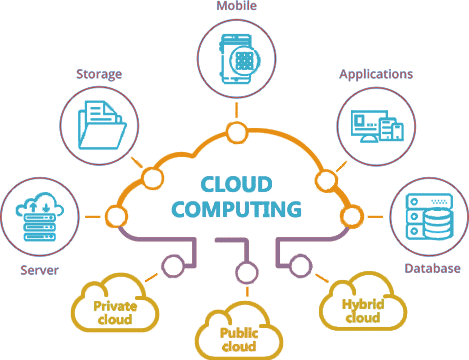Breaking Through the Clouds: Accelerate Your Success with Migration
Discover the benefits and best practices of cloud migration, and learn how to successfully transition your business to the cloud for enhanced scalability, agility, and cost-efficiency.
What is cloud migration?
Cloud migration is the process of moving applications, data, infrastructure, security, and other objects to a cloud computing environment.
Typically companies are moving data, applications, and IT workloads from on-premises servers to the public cloud, but cloud migration also includes moving data and applications from one cloud provider to another.

FAQ
Cloud migration refers to the process of moving data, applications, and IT infrastructure from on-premises systems to cloud-based environments. It is important for businesses because it offers numerous benefits such as enhanced scalability, cost-efficiency, agility, data accessibility, and the ability to leverage advanced technologies and services provided by cloud service providers.
Assessing your organization’s readiness for cloud migration involves evaluating various factors such as your current IT infrastructure, applications, data security requirements, and staff skills. Conduct a thorough analysis of your systems, identify dependencies, and assess the compatibility of your applications and data with the cloud environment. This evaluation will help you determine the level of preparation needed for a successful migration.
When planning a cloud migration strategy, consider factors such as your business objectives, data storage and security requirements, compliance regulations, budget constraints, and scalability needs. Evaluate the different cloud deployment models (public, private, hybrid) and select the most suitable approach based on your specific requirements and priorities.
Choosing the right cloud service provider involves considering factors such as their reputation, reliability, security measures, pricing models, scalability, performance guarantees, and the range of services they offer. Conduct thorough research, read customer reviews, and compare providers to ensure they align with your business needs and can support your desired migration goals.
Best practices for migrating data to the cloud and ensuring security include conducting a thorough data assessment, classifying data based on sensitivity, encrypting data during transit and at rest, implementing access controls and user authentication, regularly monitoring and auditing cloud environments, and following industry-standard security frameworks and compliance regulations. It is essential to work closely with your cloud service provider to implement robust security measures.